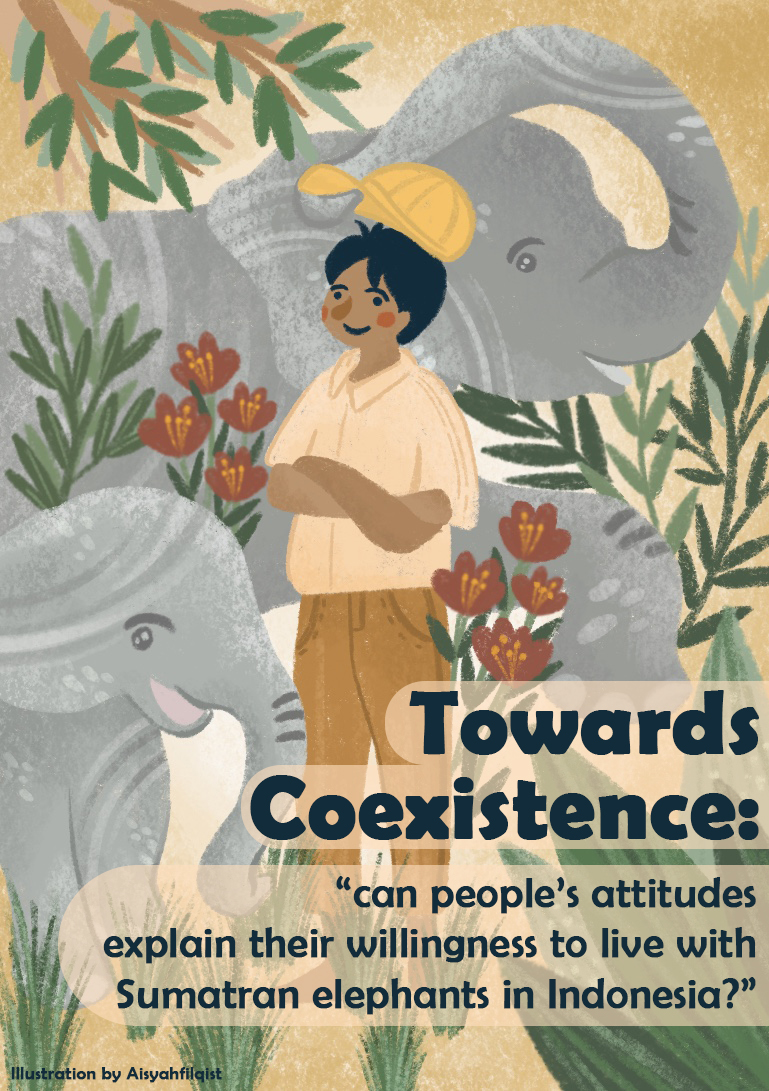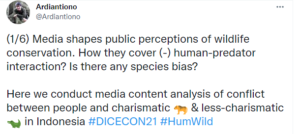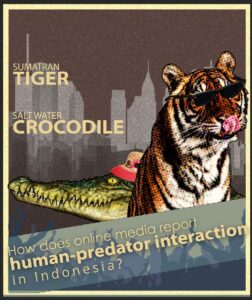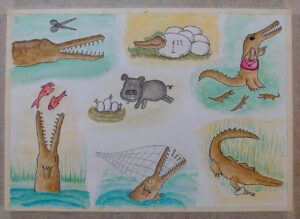
By Ardiantiono, GCDC Doctoral Candidate, School of Anthropology and Conservation
The 2021 UN Climate Change Conference or COP26 Glasgow has just ended. While it has notable achievements such as zero-deforestation and methane reduction pledges, it fell short in achieving other important commitments like phasing out coal use. Following the COP26 updates made me wonder: scientists have warned of the devastating impacts of climate change, why are their voices (again) being ignored?
Our decisions need to be based on evidence, and science provides it. However, decision-making processes often overlook scientific advice. We need look no further than how governments are handling the Covid-19 pandemic.
In this article I want to discuss how we, as scientists, can improve our communication strategy to ensure our voices are better heard by the public and decision-makers. I will outline three ways of communicating based on my experience in telling research to the public audience.
1. Keep the message short and simple
I know that, with the exception of my academic “buddies”, people do not want to read our 6000 (and above) word articles, with scientific narratives and complicated methodologies. Similarly, I cannot explain my research to my Mum in the same way that I present at scientific conferences; she will definitely scold me and tell me to eat instead of talking.
I always use the KISS principle (Keep It Simple, S****d) when I talk to the general public about my research. As I am the one who conducts and writes the research, I am in the best position to wrap it up into a short summary while keeping the core messages. I found that Twitter is an excellent platform to practice brevity because posts have a 280-character limit. More scientists are now using Twitter to promote their research. For example, Kent’s Durrell Institute of Conservation and Ecology (DICE) held a Twitter Conference (#DICECON21). You can find my contribution to this conference here.

(Figure 1: Screenshot of tweet by author)

(Figure 2: Screenshot of Tweet by author)
2. Sell your research
Sometimes to make our research heard, it is not enough to use simple messages. We can attract the attention of our audience in other ways, such as by identifying their needs and aligning our message accordingly. One example is how research about the ecotourism of manta rays convinced the Indonesian government to protect this species and declare the country as the largest manta ray sanctuary. How? By pointing out that one manta ray is worth $1 million alive but only $500 when dead. The value is based on the willingness of tourists to pay for manta tourism, which is in line with the Indonesian government’s target to triple the tourism revenue by 2025.
3. Use engaging content and collaborate
Humans are visual; half of our brain is dedicated to processing visual information. People pay more attention when they see videos, slides, or articles with interesting pictures. Taking an example from Twitter again, I illustrated my posts with attention-grabbing infographics.

(Figure 3: Infographic on human/Sumatran elephant coexistence (author’s own))

(Figure 4: Infographic on human-predator interaction (author’s own))
I suck at making illustrations and wouldn’t have the capacity to create the gorgeous ones above. We don’t have to do everything by ourselves. I collaborated with people that have the skills (my friends Aisyah and Yanuar) to produce these infographics. I provided the key message and concept and they executed it into these beautiful pieces.
Another hilarious and creative way to promote your research is through Dancing your PhD! Here, you don’t need to be great at dancing, you just need to dance, and no one will judge you… except the competition judges.
To sum it up, voicing our science is a long and rewarding journey; let your research be heard and learn from the process. Everyone has their preferred way of communicating their science. I hope we can keep raising our voices (and our game) so that our work is heard and makes an impact!
Closing picture: My very own (underwhelming) illustration with huge improvements made by my friend Akmal.

(Figure 5: Illustration by author)